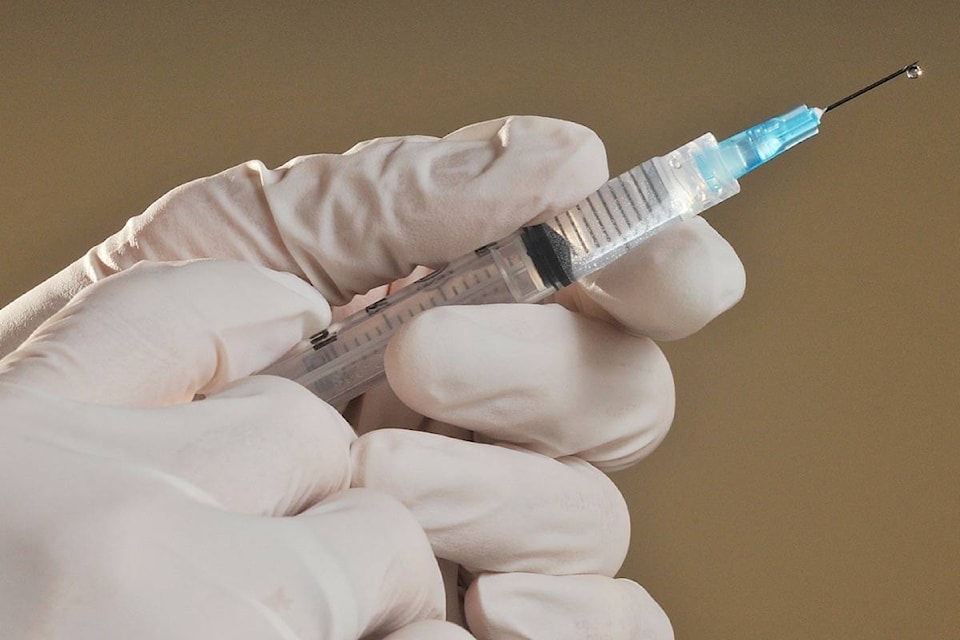Interior Health is urging residents to protect themselves and those around them by getting a flu shot this year. Influenza—also known as “the flu”—is highly contagious and can cause severe complications for the very young, seniors, and those with underlying health conditions. Getting ill with influenza can mean several missed days of school, work, and other activities.
Even if you have had a flu shot in the past, it is important to get one annually, because influenza viruses change from year to year. Each year the vaccine is updated to include the current viruses that are circulating. Generally, the influenza vaccine (flu shot) offers protection against two influenza A viruses and one influenza B virus. This year, two additional vaccines are available for children.
“Influenza, which people often call the flu, is sometimes confused with the common cold, the stomach flu (norovirus), or other illnesses caused by a virus,” says medical health officer Dr. Rakel Kling. “However, influenza is different: it is a serious infection of the airways that can be quite severe. It is highly contagious, and is among the top 10 leading causes of death in Canada.”
Influenza spreads when a person comes into contact with droplets from an infected person who coughs or sneezes. “
“The best ways to help protect yourself and those around you from influenza are to get immunized, wash your hands frequently, and cough or sneeze into your elbow or a tissue. If you are sick, stay home, and keep sick children away from daycares and schools,” says Kling.
Many people are eligible for free flu shots at one of the clinics held by Interior Health throughout the region. Those qualifying for a free flu shot include people 65 years and older and their caregivers/household contacts; people of any age in residential care facilities; children and adults with chronic health conditions and their household contacts; all children aged six to 59 months of age; Aboriginal people; household contacts and caregivers of infants and children 0-59 months of age; pregnant women at any stage of pregnancy during the influenza season, and their household contacts; visitors to hospitals, health centres, and residential care facilities; and people who provide essential community services (such as first responders).
People not eligible for a free flu vaccine through the publicly-funded program should contact their physician, local pharmacy, walk-in clinic, travel clinic, or private provider to arrange a flu shot. For a list of dates and times of local Interior Health flu shot clinics, see “Local News Briefs” on page 5.
People who have not had a flu shot are asked to wear a mask when visiting hospitals, long-term care homes, public health units, and outpatient clinics. This will help protect the people who are most at riskfrom influenza.
Each year, there are approximately 3,500 deaths from the flu and its complications in Canada. People infected with the flu are highly contagious, and can spread the virus for 24 hours before they even realize they are sick.
Contrary to rumour, getting the flu vaccine does not cause the flu. Anyone who develops the flu shortly after getting the shot was probably already infected by the flu virus, or exposed to it during the two-week period after getting the vaccine, while the body is still building up immunization. Those experiencing flu-like symptoms might have become ill because of another respiratory illness, such as rhinoviruses.
According to the Centres for Disease Contol, flu vaccines given with a needle are currently made in two ways. The vaccine is made either with a) flu vaccine viruses that have been “inactivated” and are therefore not infectious, or b) with no flu vaccine viruses at all.
The most common side effects from the influenza shot are soreness, redness, tenderness, or swelling where the shot was given. Low-grade fever, headache, and muscle aches also may occur.
editorial@accjournal.ca
Like us on Facebook and follow us on Twitter
